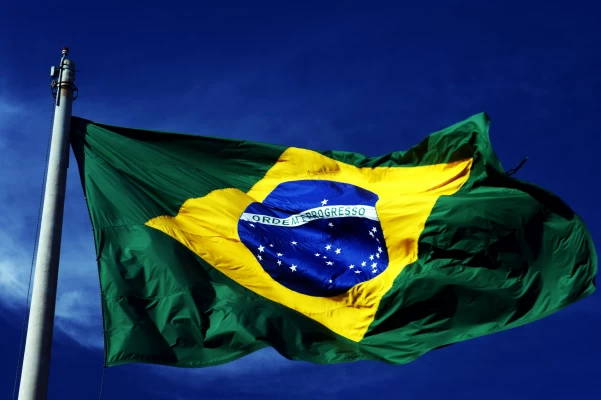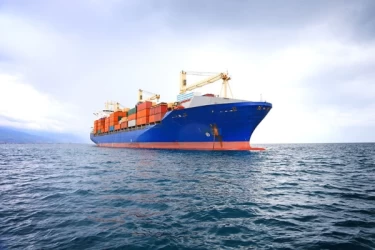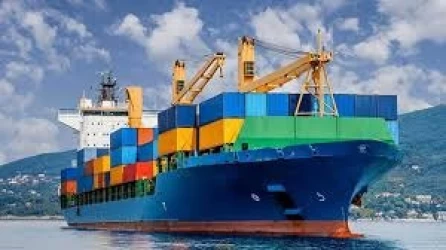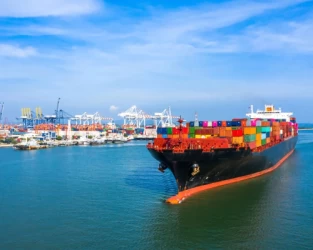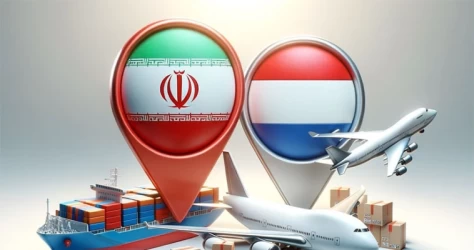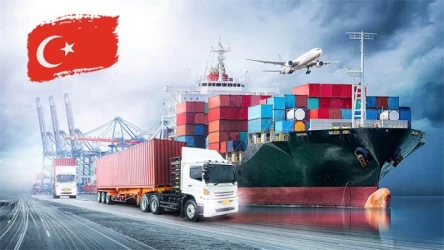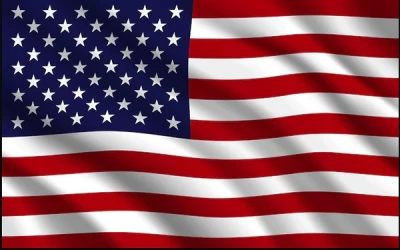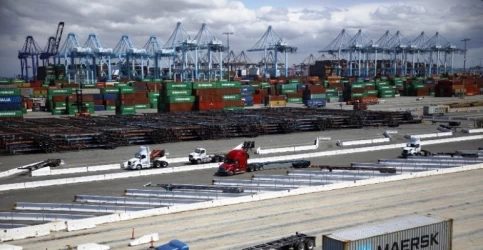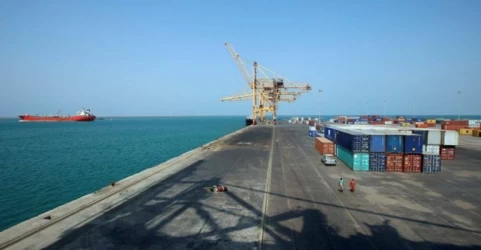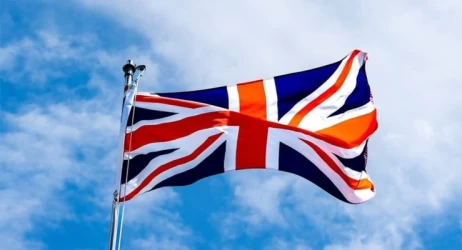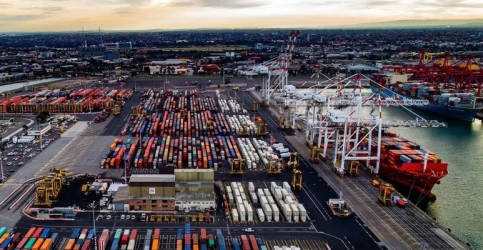Guide to Trade with Brazil, Sea Transportation
Brazil, the largest country in South America, boasts an extensive coastline of approximately 8,500 kilometers. This vast coastline is dotted with over 40 commercial ports, making sea transportation a vital component of Brazil’s trade infrastructure. This guide provides an overview of trading with Brazil via sea transportation, highlighting key ports, regulatory requirements, and best practices.
Key Ports in Brazil
Brazil’s ports are crucial for its trade, handling around 90% of the country’s imports and exports. Some of the most significant ports include:
- Port of Santos: Located in São Paulo, it is the largest port in Latin America, connecting over 600 ports in 125 countries. It handles a diverse range of goods, including containers, soy, and fertilizers.
- Port of Rio de Janeiro: Known for its strategic location and handling of various commodities.
- Port of Paranaguá: A major port for agricultural exports, particularly soybeans and corn.
- Port of Itajaí: Important for container shipping and handling various goods.
Regulatory Requirements
To trade with Brazil, it is essential to comply with the regulations set by the Receita Federal do Brasil, the entity responsible for registering and identifying importers and exporters. Key steps include:
- Registration: Importers and exporters must be registered with the Receita Federal do Brasil.
- Documentation: Proper documentation, including invoices, bills of lading, and certificates of origin, is required.
- Customs Clearance: Goods must go through customs clearance, which involves inspection and verification of documents.
Best Practices for Sea Transportation
- Choose the Right Port: Select a port that best suits your cargo type and destination. For example, the Port of Santos is ideal for containerized goods, while the Port of Paranaguá is better for bulk agricultural products.
- Understand the Infrastructure: Familiarize yourself with the port infrastructure, including docks, piers, and cargo-handling equipment.
- Work with Experienced Freight Forwarders: Partnering with experienced freight forwarders can help navigate the complexities of Brazilian regulations and ensure smooth transportation.
- Plan for Delays: Be prepared for potential delays due to port congestion or regulatory inspections. Proper planning can mitigate these risks.
Challenges
Despite its extensive port network, Brazil faces several challenges in its maritime trade:
- Infrastructure Limitations: Many ports have outdated infrastructure, limiting their capacity and efficiency.
- Regulatory Complexity: Navigating Brazil’s regulatory environment can be complex and time-consuming.
- Port Congestion: High traffic at major ports can lead to delays in cargo handling and clearance.
Conclusion Business from Brazil
Trading with Brazil via sea transportation offers significant opportunities, given the country’s extensive port network and strategic location. By understanding the key ports, complying with regulatory requirements, and adopting best practices, businesses can effectively navigate the complexities of maritime trade with Brazil.
If you have any specific questions or need further details, feel free to ask!

